Biodiversity
Biodiversity includes genetic diversity, species and ecosystems. Here, we will focus only on the last two dimensions.
Species
Among the species currently known to be found in the Park are:
600 species of birds
192 species of fish
91 species of mammalsíferos
69 species of amphibians
57 species of reptiles
6000 species of plants
Scarlet-banded barbet
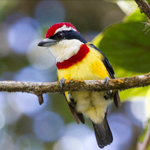
Capito wallacei
Emblematic and endemic to the Park
White catfish
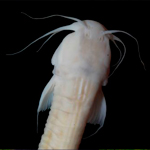
Trichomycterus
Lives in caves and is blind. It is probably a new species to science
Spectacled bear

Tremarctos ornatus
Relatively small compared to other bears. Has an almost exclusively vegetarian diet
Tree frog
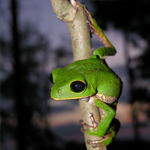
Phyllomedusa sp.
Known for its striking green color, large black eyes and slow movements. It is probably a new species to science
Boa constrictor

Boa constrictor
One of the largest snakes in the world. Non-poisonous, it strangles its prey
Fiery spike

Aphelandra aurantiaca
Noteworthy red flowers that can grow up to 15 centimeters long.
________
Get to know the wildlife of the Park as filmed by our cameras
Ecosystems
The Cordillera Azul National Park is located in an area that was cover by sea for millions of years. An impressive mountain range has emerged here among numerous faultlines. The following ecosystems are found within the Park:
Elfin Forests (1800-2400 msnm)
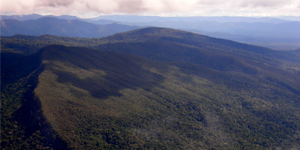
Forests with low (<10m) and dense vegetation, similar to the forests on the top of the Andes. These forests are located in steep areas, along the crests of mountains for example. They harbor a large quantity of bromeliads.
Cloud Forests (1500-1800 msnm)

Forests of low height (<15m) that grow in areas with very low soil quality. A thin layer of clouds usually covers the trees and light rainfall constantly showers the area. The ground is covered by a humid, soggy layer. Lichen, algae and moss proliferate here.
Montane forests (1050-1500 msnm)
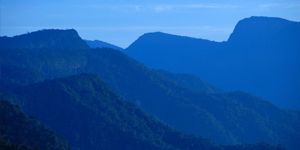
Mountainous forests, characterized by their evergreen vegetation, misty haze and enormous tree ferns. Almost 70% of the park is covered by these forests, between 15 to 20 m tall, which are difficult to access due to their steep slopes. It is home to the Capito wallacei, emblematic bird of the Park.
Pre montane forests (650-1050 msnm)

Forests with undulating formations of trees that are relatively easy to access. These areas have a higher number of tree species than the valleys and a higher density of lianas and shrubs. This ecosystem is classified as an area with high vulnerability to anthropic land use.
Lowlands (255-650 msnm)
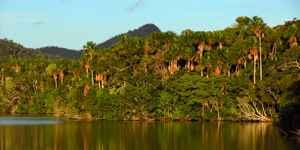
Forests with open vegetation, tangled lianas, wetland plants and a high number of ants. Patches of Moriche Palms (Mauritia flexuosa) are found in these areas. The ecosystem is easy to access by river making it also vulnerable to anthropic land use.
High altitude lakes
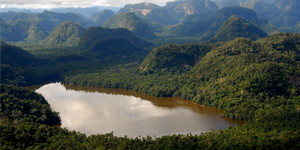
These unusual lakes were formed by tectonic movements. They are rather inaccessible. The ‘Lost World Lake’ is the most notable. Other lakes, in the lowlands, were formed from river meanders.
“Vivian” or Zig-zag formations
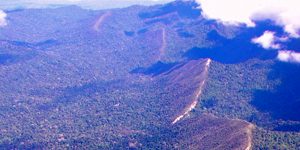
Rows of gigantic triangular-shaped plateaus in zig-zag formation. These land forms can reach up to 7 km in width and 4 km in height. Their symmetry is almost perfect and they produce spectacular waterfalls.
Manashawemaná
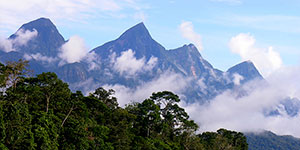
Series of mountains part of the “Vivian” formations that can be seen from the Pisqui River, rising up to 1800 m in height. Their name comes from the Kakataibo, an indigenous language, meaning: “turtles basking in the sun next to one another”. It is one of the most representative landscapes of the Park.

 Spanish
Spanish English
English











